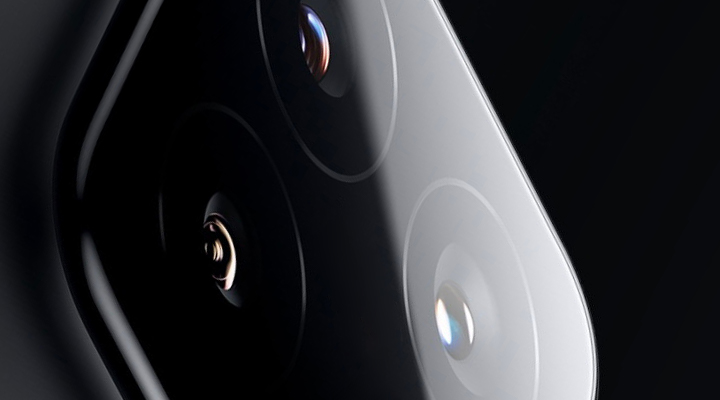Over the past fifteen years, smartphones have revolutionized every aspect of our lives: communication, work, entertainment, health, and even personal identity. But what will happen in the coming years? Will the smartphone continue to be our daily companion, or will it be replaced by new technologies, perhaps driven by artificial intelligence?
The answer is not clear-cut. The smartphone, as a physical object, will not disappear in the short term, but it will likely undergo a profound transformation, losing its role as the central device and becoming part of a broader, smarter technological ecosystem.
The most radical change underway is the distribution of the technological experience. Until now, everything went through the smartphone: photos, notifications, video calls, messages, shopping. But with the advent of more discreet, specialized, and always-connected devices—such as AI-powered earbuds, smart glasses, and smart rings—typical smartphone functions are being spread across multiple fronts.
AR (augmented reality) glasses, for instance, promise a more natural and immersive interaction with the digital world. Imagine being able to read messages, receive directions, or join a video call without ever touching a screen, all while interacting with your surroundings.
The key element of this evolution is artificial intelligence. Today’s voice assistants are just a preview of what’s to come, as we will soon have access to personal AIs—always active, following the individual across various new devices.
This implies a paradigm shift: the device will no longer be the center of the experience—the user will be. Supported by their personal AI in every context—at home, at work, on the go.
In this vision, the phone becomes just a node: one terminal among many, perhaps useful for specific tasks (video editing, gaming, file management), but no longer the omnipresent centerpiece.
It is important to emphasize, however, that the replacement of the smartphone will not happen suddenly. For millions of people—especially those less technologically inclined or in developing countries—the phone will remain the primary tool. Its price-to-performance ratio, ease of use, and widespread availability still make it irreplaceable on a large scale.
Moreover, transitioning to new devices will require a profound cultural shift, similar to the one that moved us from landlines to mobile phones or from PCs to mobile computing. The technology will need to be mature, accessible, and useful enough to justify abandoning the old standard.
Here’s what might happen, looking at a few possible scenarios:
Tech-savvy and professional users will adopt AR glasses and AI earbuds as their main interfaces.
The smartphone will evolve into a secondary hub, mainly used for heavy-duty tasks or compatibility with legacy software.
Human-machine interaction will become increasingly vocal, gestural, and contextual, thanks to AI.
Companies currently dominating the smartphone market will evolve into providers of distributed AI ecosystems.
The smartphone will still be with us, but it will no longer be the absolute protagonist of our digital lives. It will be one tool among many, accompanied—and in part surpassed—by wearable technologies, AI interfaces, and intelligent invisible devices.







